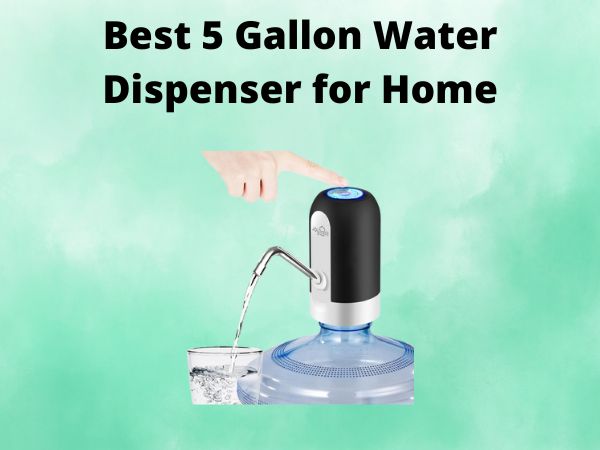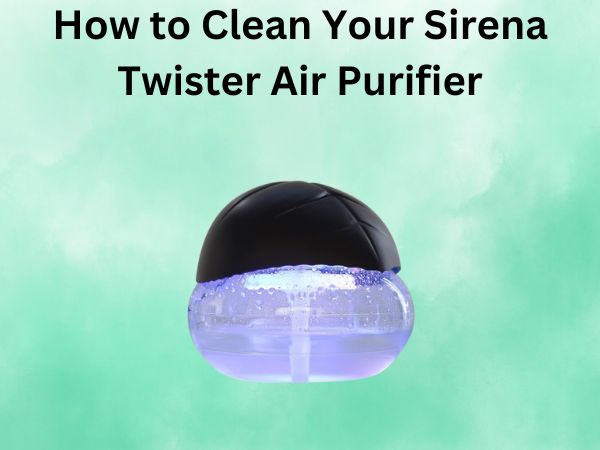How to Dislodge Water from Ear [Quickly and Safely]
Have you ever enjoyed a refreshing swim only to later realize your ear has turned into a mini aquarium? It happens to the best of us. Luckily, getting water out of your ear doesn’t always require a doctor visit. In this guide, we’ll dive (pun intended) into various methods to dislodge water from your ear quickly and safely.
Table of Contents
Understanding the Anatomy of the Ear
First things first—let’s have a brief anatomy lesson. The human ear is divided into three parts: the outer ear, the middle ear, and the inner ear. Water generally ends up in the outer ear, where it can linger and cause discomfort.
Why Does Water Get Stuck?
The outer ear is shaped a bit like a funnel, which can trap water easily. Additionally, earwax can sometimes prevent water from draining out naturally.
Potential Risks
If water remains trapped, it can lead to infections such as swimmer’s ear. It’s important to remove it promptly to avoid these issues.
Initial Steps: The Basics
Before reaching for specialized methods, let’s try some basic techniques that could work without any fancy equipment.
1. Gravity’s Magic
Tilt your head, and gravity might do the trick. Shake your head gently while positioning your affected ear towards the ground.
2. Create a Vacuum
Place the palm of your hand over your ear, and push in and out to create a gentle vacuum. This can help suck out the water.
Advanced Techniques: Getting Technical
If the basics don’t cut it, here are some advanced methods that could work.
3. The Valsalva Maneuver
Pinch your nose and gently exhale, keeping your mouth closed. This maneuver can open your Eustachian tubes and help water drain.
4. Use Warm Compress
Apply a warm compress for about 30 seconds and then remove it. Repeat a few times. Heat can help the water evaporate.
5. Try Over-the-Counter Solutions
Available at pharmacies, these drops help break down the surface tension of the water, allowing it to flow out.
Natural Home Remedies
6. Alcohol and Vinegar Mixture
Mix equal parts alcohol and vinegar. A few drops in the ear can help evaporate water and ward off any potential bacterial growth.
7. Olive Oil Drops
A few drops of warmed olive oil can help prevent infection and facilitate the removal of trapped water. It’s like giving your ear the royal spa treatment!
Safety Precautions
While most of these methods are safe, consider these precautions before proceeding.
Avoid Cotton Swabs
Shoving objects into your ear could push water further in, cause injury, or increase wax build-up.
Consult a Doctor If Pain Persists
If symptoms persist beyond a few days, it’s best to seek medical advice. You wouldn’t want to compromise your hearing, after all.
When to Seek Medical Attention
So, what’s the threshold where you should seek medical advice? Here are some indicators.
Persistent Pain
Pain suggests that something more serious, such as an infection, might be developing.
Hearing Loss
If your hearing is muffled and doesn’t improve, it’s wise to consult a healthcare professional.
Preventive Measures: An Ounce of Prevention
As the old adage goes, prevention is better than cure. Here are some preventative steps.
Use Earplugs
Specialized swimmers’ earplugs are available to keep water at bay.
Dry Ears Thoroughly
Make sure to dry your ears thoroughly after swimming or showering. A towel or tilt and shake technique can do wonders.
Conclusion
All in all, getting water stuck in your ear can be quite the annoyance, but it’s nothing a few deft tricks can’t handle. From simple maneuvers to advanced techniques, there are plenty of ways to clear the blockage. Just remember to keep safety in mind and consult a professional if needed. Dive responsibly, and may your ears remain dry and happy.
FAQs
Q1: What should I do if water doesn’t come out easily?
If basic methods don’t work, consider using over-the-counter drops or seek medical advice if the water remains or you experience pain.
Q2: How quickly should water be removed from the ear?
Try to remove it as soon as possible to prevent irritation or infection.
Q3: Can I use a hairdryer to dry my ear?
Yes, you can use the lowest setting and keep it at a reasonable distance to help evaporate trapped water.
Q4: Will jumping up and down help remove water from my ear?
It might help, but do so cautiously. Pair it with the head-tilting technique for better results.
Q5: Is it bad to leave water in your ear overnight?
It’s best not to leave it overnight as it can increase the risk of infection. Try to remove it during the day.



